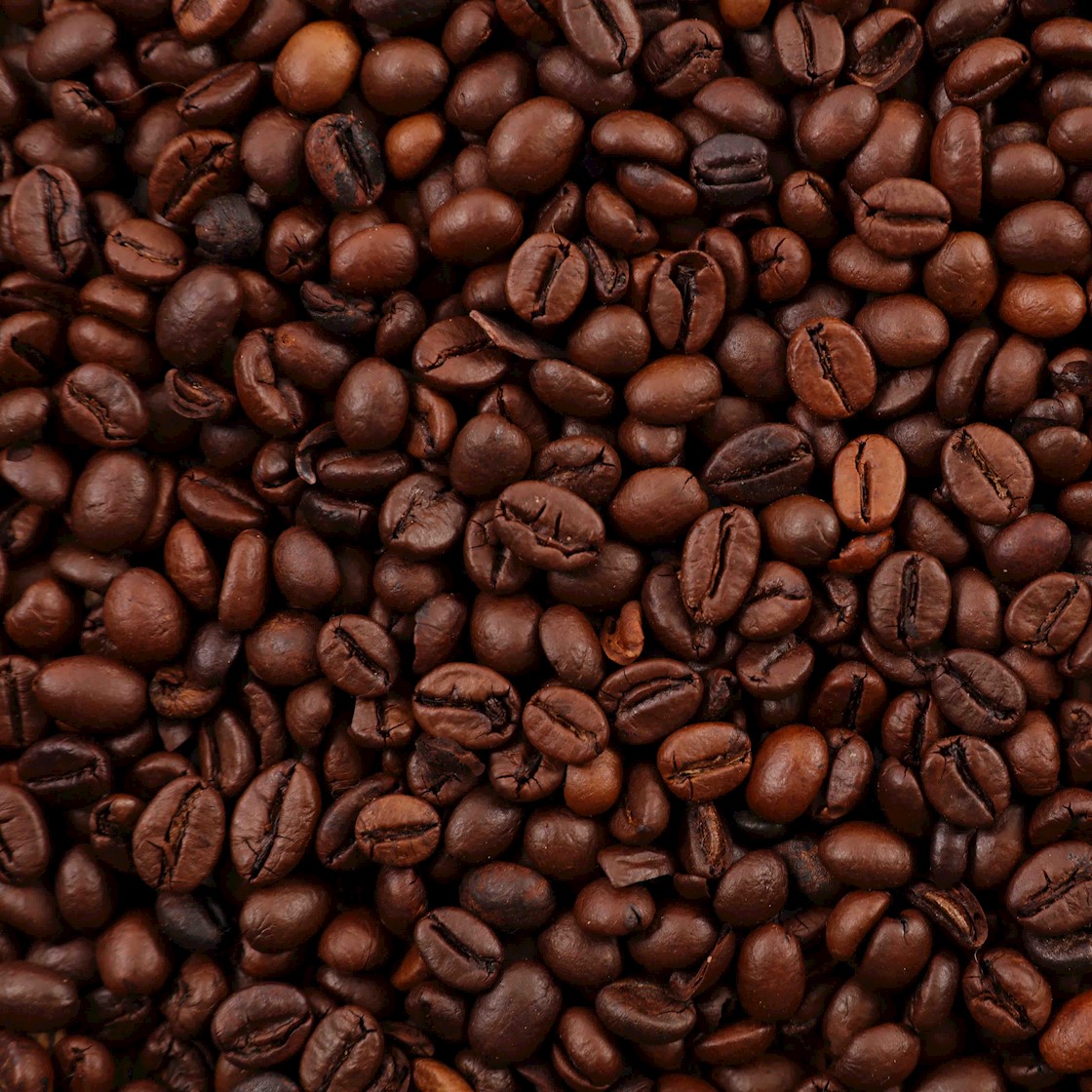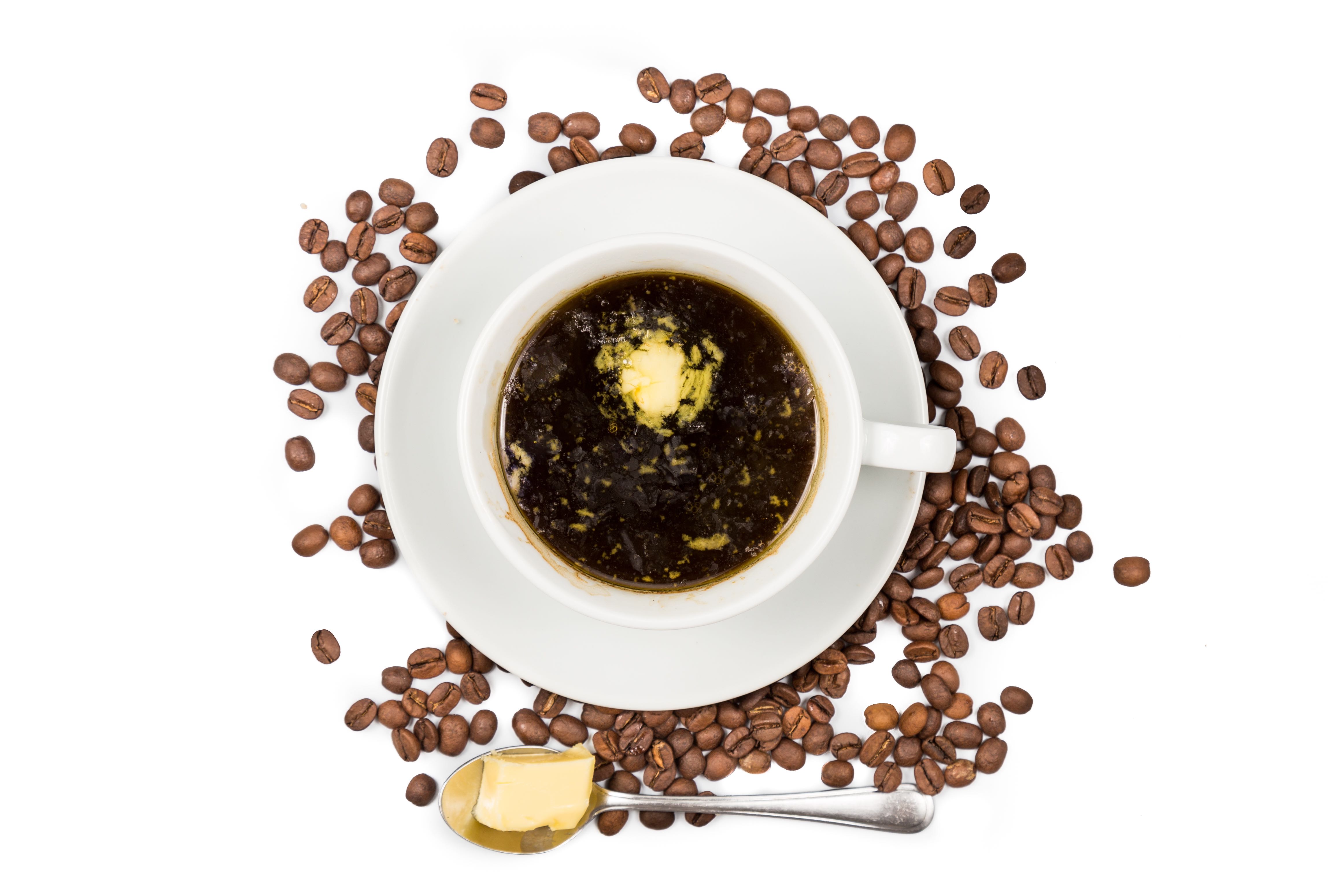Can caffeine really help with weight loss?

Social media has been awash recently with talk about “bulletproof” coffee, where people put slabs of butter into their morning beverage in a bid to lose weight. This is just one of the latest in a long line of coffee-related weight loss fads, however, how much truth is there in the link between caffeine and its ability to aid fat loss?
In 2019, a study carried out at the University of Nottingham found that coffee can help people lose weight by activating thermogenesis1, the process of burning fat in one of two special types of fat tissue called “borwn fat” and “beige fat”.
As a nutritionist who specialises in fat and cellulite reduction, Georgios Tzenichristos, founder of LipoTherapeia at The Private Clinic, has followed the subject of thermogenesis for the last 20 years with interest. Here he gives his views on the subject and puts the findings into context.
White fat
White fat tissue is the vanilla variety of fat tissue, the stuff we all love to hate, the one that makes us, well, fat. White fat’s main purpose is to store fat in our bodies for use on a rainy day. It also produces loads of hormones and other chemicals called cytokines, which are implicated in heart disease and diabetes.
So reducing white fat, or at least reducing some of the cytokines it produces, is a big deal, not just for aesthetics but for health reasons as well.
Brown fat
In contrast, brown fat is a type of fat tissue whose sole purpose is to burn fat for heat creation, i.e. to keep us warm.
Brown fat thermogenesis works amazingly well in mice, which have plenty of brown fat to keep them warm. And they can always readily convert plenty of their white fat into beige fat too, given the right circumstances (think of Brown fat sounds like such an amazing idea. Creating lots of brown fat on humans has been the holy grail of weight loss for more than two decades.
Imagine if we could find a way to develop brown fat tissue in our body and then we can eat anything we want and just burn it to heat our body. In this way we could kill two birds with one stone; stay slim and reduce our energy bills (although for those who live in places like Dubai, Texas or Africa, airconditioning bills would skyrocket).
One small detail: unlike mice, adult humans have very little brown fat. Babies have somewhat more brown fat to help them keep warm, but in just a few months they replace it with white fat and they start keeping warm via shivering thermogenesis, i.e. they create heat, like adults, by muscle contractions (shivering).
But despite this very small setback, there is still hope. Enter beige fat.
Beige fat
Something like a cross breed of white and brown fat, beige fat tissue always starts its life as white fat and then, with the right stimulation it becomes burning fat for heat, like brown fat tissue does.
There is a small detail here too: beige fat never commits to becoming brown fat. As soon as the stimulation ends, it reverts from what scientists call the “beige adipose tissue phenotype” back to the good old white adipose tissue phenotype. In plain English this means that it becomes white fat tissue again, which continues storing fat with wild abandon.
Thermogenesis in humans
These two facts – that we have very little brown fat on us and that beige fat is very fickle and therefore not worth converting to – are the reasons why many people have never heard about thermogenesis before. It’s a pain to start and to maintain and then it just switches off and leaves you cold.

Thermogenesis in caffeine
Caffeine is yet another hardcore compound, similar to ephedrine and capsaicin. We can’t have a lot of it to make a real difference in our weight without developing side effects.
Also, if caffeine, consumed by billions of people around the world, could make people lose weight, via thermogenesis or any other method, we would already know and everyone would be on it. Some studies found a minor benefit, but it is just that, minor.
However, the study, published in Scientific Reports by researchers at the University of Nottingham, found that caffeine does indeed stimulate thermogenesis in humans and that it also stimulates the conversion of white fat cells into beige, in both mice and humans.
The researchers used new methodology to prove that temperature on the little fat we have on our neck indeed rises by about half a degree Celsius (~33.8ºC to ~34.3ºC on the spot tested) after one cup of instant coffee containing 65mg of caffeine - a moderate dose indeed.
So perhaps a higher dose, such as the 400mg of caffeine contained in two energy drinks or in four cups of espresso, would have better results, right? What about 10 cups of coffee, for even faster weight loss? Or 20 for extreme weight loss?
The problem is that overdosing on caffeine is not a benign thing. It can induce palpitations, cause anxiety attacks, high blood pressure, high heart rate, diarrhoea and leave the adrenals exhausted after continued use. And when you stop overdosing on it, it will just stop working. That beige fat tissue does not stay beige forever.
On the other hand, with low doses don’t expect much fat burning to occur, otherwise all these moderate coffee consumers (one to four cups a day) would already be slim – or at least slimmer than their non-coffee drinking peers. And there is no evidence of any significant difference in that respect.
What does the future hold for weight loss with thermogenesis?
The researchers want to find if specific nutrients, perhaps more benign than caffeine and capsaicin, can help switch on thermogenesis. With their new experimental design (first in-vitro tests on cells and then in-vivo tests on humans), they could screen a few hundred promising compounds, perhaps the ones that already stimulate thermogenesis on mice.
In this way, they can perhaps find the top 10 most thermogenic compounds, create a combined pill and make us all lean, mean, overheated machines and help solve the obesity and diabetes crisis.
It is indeed a noble cause and even if it doesn’t bear fruit, it will contribute to our knowledge of thermogenesis, human adipose tissue, diabetes and obesity. But I am not that optimistic about amazing results any time soon.
The problem is that the known thermogenic compounds must be used at 10x, 100x, or even 1000x, times their natural concentration in foods, if they are to make any discernible difference in terms of thermogenesis. At these doses there are plenty of side effects of all kinds, plus we are talking about consuming 10-20 capsules a day. It works on mice fed by force that aren’t able to complain, but it is a totally different thing in humans.
Let’s face is, thermogenesis as it stands today is not very practical, not very effective and not very pleasant either. Let’s hope the University of Nottingham team can change this one day.
References
1. Velickovic, K., Wayne, D., Leija, H.A.L. et al. Caffeine exposure induces browning features in adipose tissue in vitro and in vivo. Sci Rep 9, 9104 (2019). https://doi.org/10.1038/s41598-019-45540-1
 Georgios Tzenichristos is the director of LipoTherapeia London as well as a nutritionist, aesthetic therapist and cosmetic formulator, who has specialised exclusively in skin tightening and cellulite for the last 20 years.
Georgios Tzenichristos is the director of LipoTherapeia London as well as a nutritionist, aesthetic therapist and cosmetic formulator, who has specialised exclusively in skin tightening and cellulite for the last 20 years.


